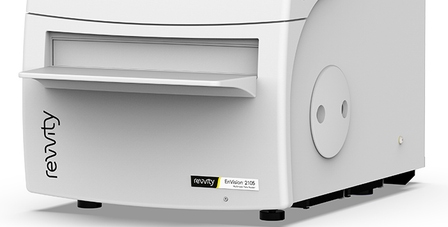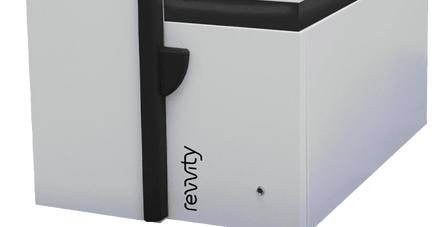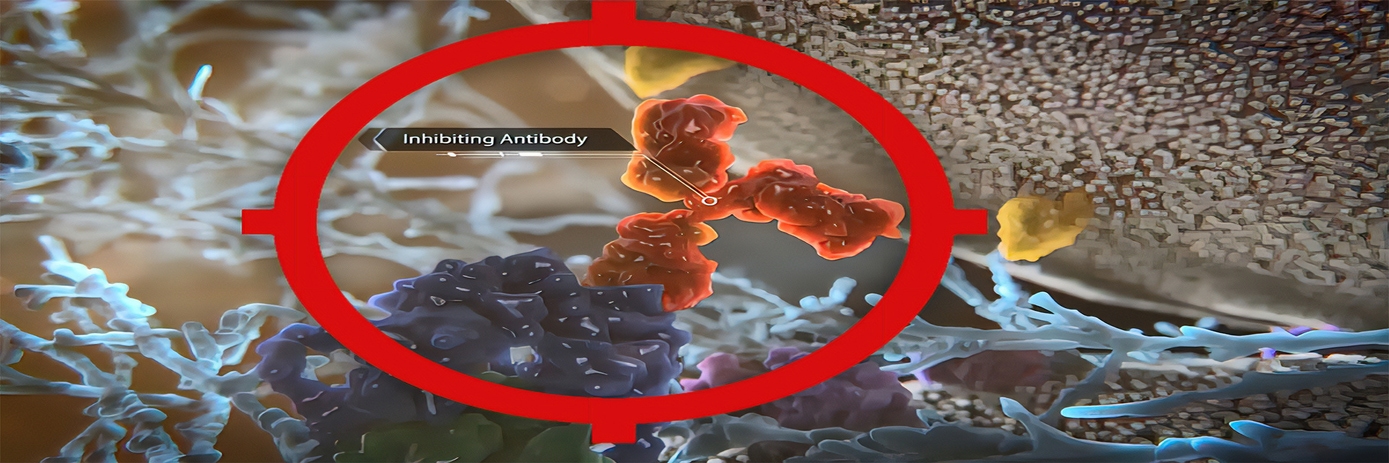The current SARS-CoV-2 pandemic has highlighted the substantial threat posed by pathogenic coronaviruses to humans. To date, over six million people have died from COVID-19 across the globe and more than 500 million cases have been reported.1
Although effective COVID-19 vaccines have been developed, variants of SARS-CoV-2 have already emerged for which vaccines are less effective, and many people remain unvaccinated due to certain medical conditions, personal choice, or global access challenges.
Inhibiting SARS-CoV-2 proteases
Currently, limited therapeutic options are available to those who are infected with SARS-CoV-2 and attempts to repurpose approved drugs have shown minimal success so far. There is, therefore, an urgent need for the development of effective antivirals to complement vaccination efforts and help prevent more severe disease, hospitalization, or death.
Viral protease inhibitors that block enzymes critical for viral replication have long been used in the treatment of human immunodeficiency (HIV) and hepatitis C viruses. Researchers are now studying the potential of protease inhibitors for the treatment of SARS-CoV-2.
During infection, the SARS-CoV-2 main protease (Mpro) cleaves two polyproteins, pp1a and pp1ab, at different sites yielding shorter, nonstructural proteins that are critical for viral replication. Inhibition of SARS-CoV-2 Mpro therefore represents an attractive approach for the development of COVID-19 therapeutics.
PF-07321332: an orally bioavailable SARS-CoV-2 Mpro inhibitor
In a recent Pfizer-funded study, a team of researchers describe the discovery and characterization of an oral SARS-CoV-2 Mpro inhibitor – PF-07321332 – which demonstrated impressive safety, tolerability, and bioavailability against SARS-CoV-2.2
PF-07321332, which is now being tested in clinical trials,3 is a nitrile-containing derivative of PF-00835231. This compound has previously been identified as a potent inhibitor of SARS-CoV and SARS-CoV-2 Mpro but is poorly absorbed orally in animals.2
In the present study, the researchers report that PF-07321332 demonstrated potent inhibition in FRET Mpro assays representing Mpro from all coronavirus types known to infect humans. Notably, no inhibitory effects were observed against several mammalian cysteine, serine, and aspartyl proteases, even at the highest concentration tested (100 µM).
In cellular assays using human adenocarcinoma-derived alveolar basal epithelial (A549) cells expressing ACE2 and differentiated normal human bronchial epithelial (dNHBE) cells, PF-07321332 successfully inhibited SARS-CoV-2 replication. According to the research group, the compound also demonstrated oral activity in a mouse-adapted SARS-CoV-2 model and achieved oral plasma concentrations exceeding the in vitro antiviral cell potency in a phase 1 clinical trial in healthy human participants.
During the study, the researchers utilized Revvity’s EnVision® multimode plate reader
 EnVision XCite Multimode Plate Reader
Discover
to measure fluorescence polarization in the bromodomain-containing protein 4 (BRD4) binding assay, and SPA Beads and the MicroBeta2®
EnVision XCite Multimode Plate Reader
Discover
to measure fluorescence polarization in the bromodomain-containing protein 4 (BRD4) binding assay, and SPA Beads and the MicroBeta2®
 MicroBeta2 Microplate Counters for Radiometric and Luminescence Detection with 1-detector
Discover
system in the phosphodiesterase assays.
MicroBeta2 Microplate Counters for Radiometric and Luminescence Detection with 1-detector
Discover
system in the phosphodiesterase assays.
Virtual screening to identify SARS-CoV2 Mpro inhibitors
In a second study, a team of researchers used two virtual screening approaches to identify potential SARS-CoV-2 Mpro inhibitors.4 In the first screen, a library with 235 million compounds was docked to the active site of Mpro and the 100 top-ranked molecules were tested in enzymatic and binding assays. They used a protease activity assay to analyze Mpro activity, where compounds were plated on 384-well plates and fluorescence was measured in an EnVision® multimode plate reader. For the direct binding interaction assay, the team used a surface plasmon resonance (SPR)-based biosensor at three concentrations (5, 15−20, and 50 μM).
The second virtual screen focused on optimization of a hit from a previous crystallographic fragment screen. Fragment-to-lead optimization was guided by searches in a library of millions of compounds combined with docking screens to select the best candidate.
Overall, the first library screen identified three inhibitors, and five of the selected fragment elaborations showed inhibitory effects. Subsequent structure-guided hit-to-lead optimization identified potent inhibitors with antiviral effects against several coronaviruses in cellular models.
Of note, the most promising compound showed comparable efficacy to Pfizer’s oral protease inhibitor PF-07321332 against SARS-CoV-2. Writing in JACS, the researchers concluded: “Based on the broad-spectrum antiviral effect combined with promising selectivity and in vitro pharmacokinetic profile, the scaffold represented by [this compound] is one of the most promising for development of an antiviral drug targeting SARS-CoV-2.”
Conclusion
Although the road to drug development may be long, the discovery of inhibitors targeting coronavirus replication should be a high priority for COVID-19 research. These therapeutic agents hold great potential for improving the quality of life of millions of patients worldwide. In this article, we highlighted two recently published studies focused on the discovery of inhibitors of SARS-CoV-2 Mpro, including one currently being tested in clinical trials.
About EnVision Multimode Plate Reader
With its exceptional speed, ultra-high throughput, and maximum sensitivity across all detection technologies, the EnVision plate reader can help expedite your research and discovery of therapeutic treatments for COVID-19.
For research use only. Not for use in diagnostic procedures.


































